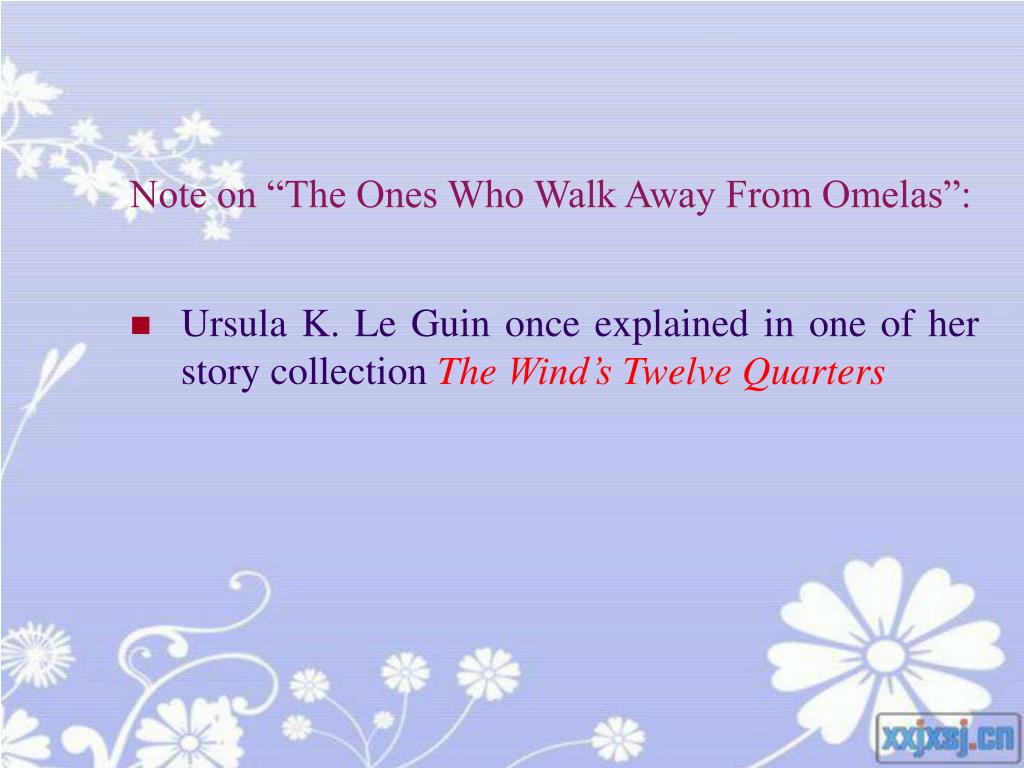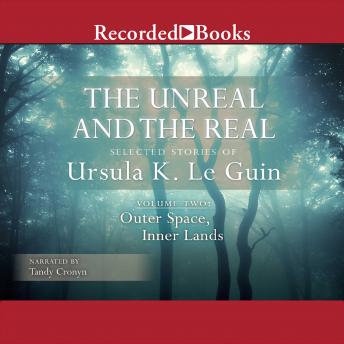
/2014-national-book-awards-459262466-5a960e45642dca0037ad022a.jpg)
It was the sacrifice that the society had made. Malnourished and dirty, with very poor living conditions (sitting on its own excreta), the child had to be confined there for the merry to the rest of the people to last. The first individual to fall out with the society was the source of the city’s source of happiness: a young dilapidated child who was kept away from the rest of the city. We shall, therefore, look at some of the individuals who developed a conflict with the society. They fell out due to the way the happiness in Omela was created.

However, there still were several people who fell out with the merrying society and the way some of the things were done in the city. A near-Utopian living condition for the people of Omela was created (Mike 2005). People sang, played music and engaged in enjoyable sports such as horse-riding. After proposing an idea for a utopia and setting up a consequence, Le Guin adds her thoughts at the very end, and will the reader to thinking of their own response to the observations shown to them.The society in Omelas was a happy society with all kinds of merry in the city. Le Guin ends the work with the name - “The Ones Who Walk Away from Omelas” - creating an open-ended conclusion for the reader to interrogate. Le Guin’s responds to the thought experiment by describing “The ones who walk away from Omelas” are the ones saturated in guilt, unable to stay in Omelas as the act of doing so will create a paradox in the founding conventions of the city. Le Guin’s role changes for the second time in the story, back to first person colloquial the motif of “guilt” returning. The last section of the short story gives the readers an indefinite answer to the utilitarian concept proposed in the second part.

The sudden pivot in Guin’s role as a narrator challenges the comfort the readers had experienced, to now contemplate the meaning of a utopia. Shorter sentence structures and low modality descriptions effectively contrasts the first half of the short story, which had no shortage of lengthy descriptions of “red roofs and painted walls”.
The ones who walk away from omelas analysis full#
In this case, Le Guin takes full control in describing “it” in grotesque imagery, stripping the child of what little humanity it had left. The initial vision for Omelas is now skewed, as Le Guin changes her into third person to describe the consequence. This is juxtaposed in the second part, which brings forth the dilemma in the seemingly perfect world that the reader had created. Le Guin’s first person colloquial voice combined with strong romantic imagery - describing Omelas with “a clamor of bells” and “bright-towered by the sea”, reinforcing positive imagery of nature - in the first part of the short story paints the city as an idyllic place, where all people are satisfied with life. The statement of Omelas containing “no guilt” is a cornerstone in categorising Omelas as a utopia. Another essential point of Le Guin’s utopia is that the citizens “were not simple folk”, upholding society’s values of education and culture.

For example: “They did not use swords, or keep slaves.”, which promote anti-war and anti-slavery, relating to the context of the author. That being said, Le Guin does establish common values and a rough outline of the world through long, detailed descriptions of the people and culture. As the readers are invited to receive the freedom given to them as a co-creator of Omelas, the notion of a “utopia” is brought to life in the perspective of the individual. Numerous parts of the text encourage the reader to participate in the creation of Omelas, through rhetorical questions. Le Guin’s writing style invokes the audience to create their individual Omelas, exploring the notion of a Utopian society, while also expressing her ideas on the matter. Question: How does De Guin use the roles of the narrator and audience to interrogate the notion of ‘utopia’? Text: The Ones Who Walk Away from Omelas by Ursula K.


 0 kommentar(er)
0 kommentar(er)
